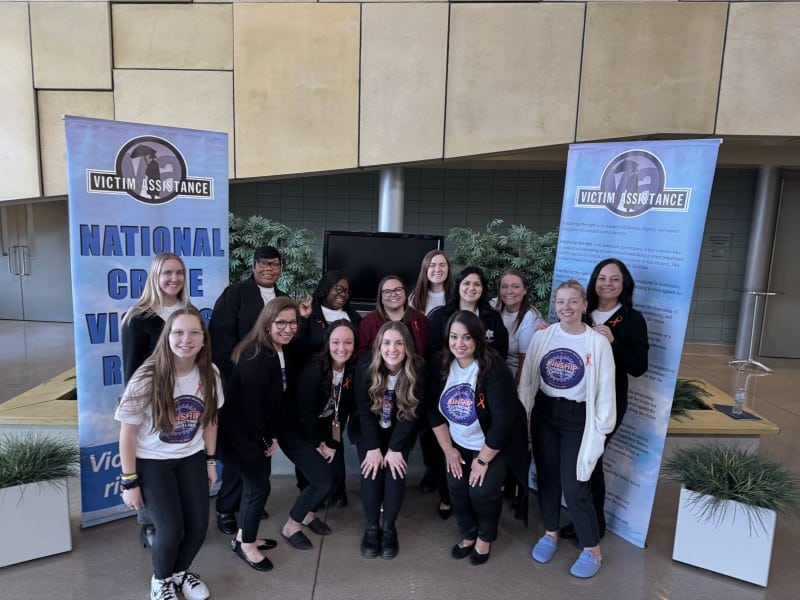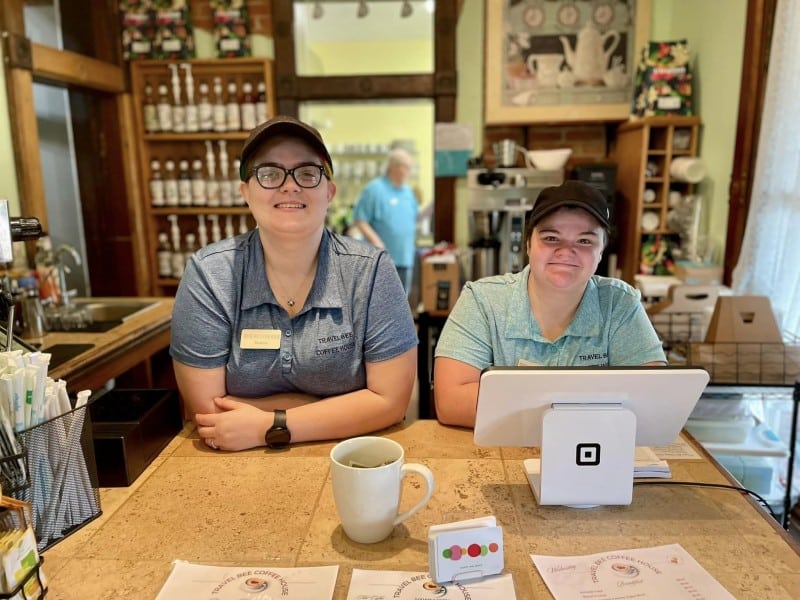Nutrition incentive programs are growing in Indiana, expanding into grocery stores
Double Up Indiana helps low-income families double their buying power on fruits and vegetables at participating markets. Now, it's expanding into grocery stores.
How many fruits and vegetables should you eat to maintain your long-term health?
A study released by the American Health Association in March defined the optimal intake as two servings of fruit and three servings of vegetables per day. But for food-insecure families, achieving these quotas can be challenging.
Compared to less healthy or highly processed foods, fresh fruits and vegetables can be expensive and difficult to access.
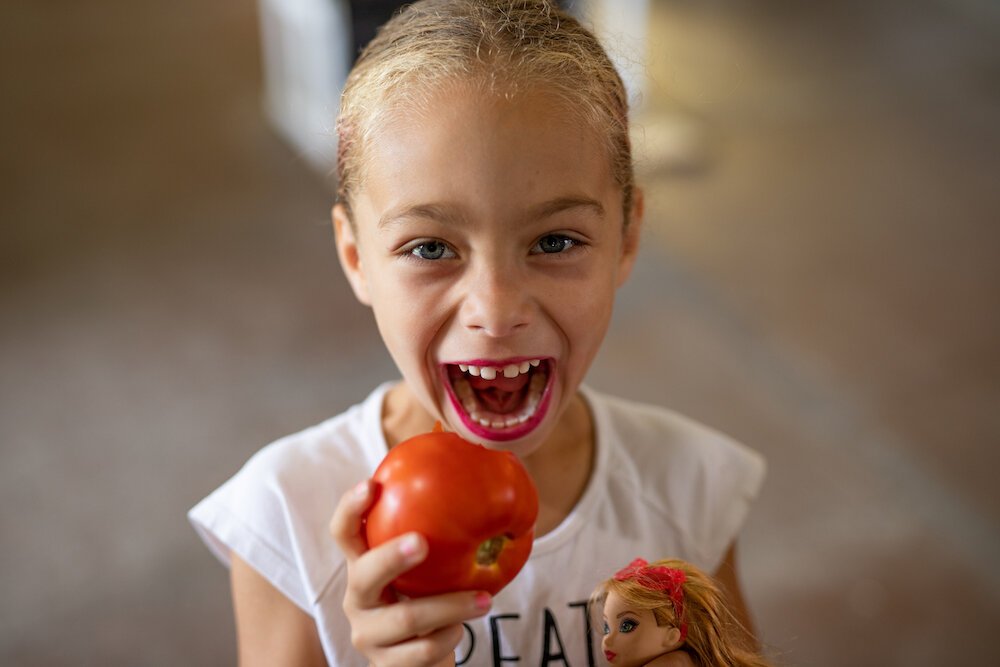
As Double Up Program Manager and Chief Storyteller at the St. Joseph Community Health Foundation in Fort Wayne, Mary Tyndall sees these disparities firsthand in Allen County. And while the pandemic is exacerbating poverty and food scarcity across the U.S., she is hopeful about a solution that’s emerging to help increase equity in food access and health outcomes in Northeast Indiana.
It’s a program known as Double Up Indiana, managed by the St. Joe Foundation and supported by the United Way of Allen County, Parkview Health, and the U.S. Department of Agriculture. The Double Up program essentially helps level the health and economic playing fields for low-income families by doubling their buying power on fruits and vegetables at participating local farmers markets and grocery stores. Every time a consumer uses their SNAP/EBT card at a participating retailer, the program matches their fruit and vegetable purchases dollar-for-dollar, for up to $20 per day, helping them access up to $40 worth of produce for half the price.
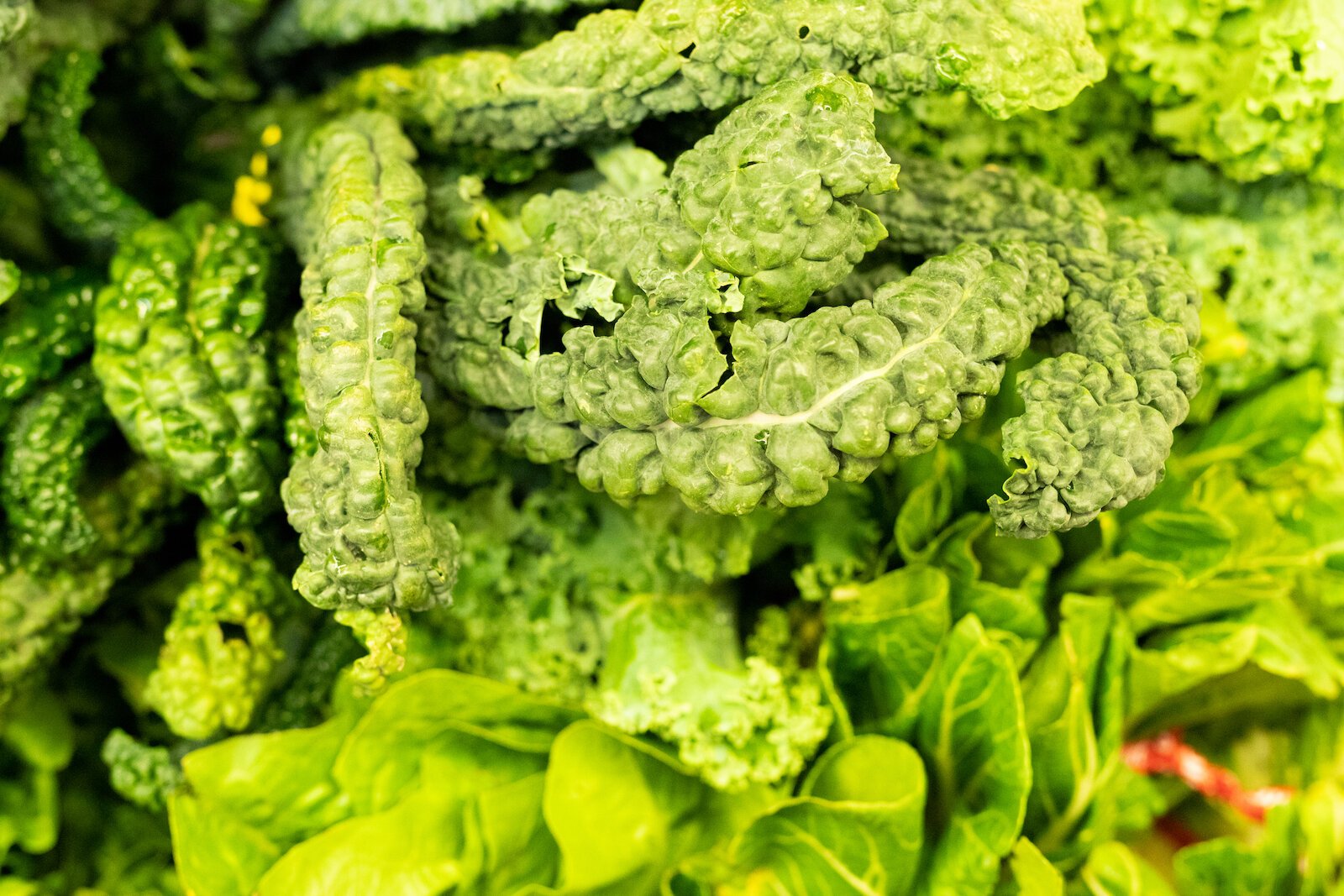
As part of its grant from USDA, Double Up is supported by the Gus Schumacher Nutrition Incentive Program (GusNIP), which provides nutrition incentives or “produce prescriptions” to help families bring home more nutritious fruits and vegetables. Tyndall says the St. Joe Foundation is the first GusNIP grantee in the state of Indiana to offer a nutrition incentive program around SNAP incentives.
“We are trying to figure out how everybody’s doing it across the country, and take the best of various program models and put those tactics to work here in Fort Wayne,” Tyndall says.
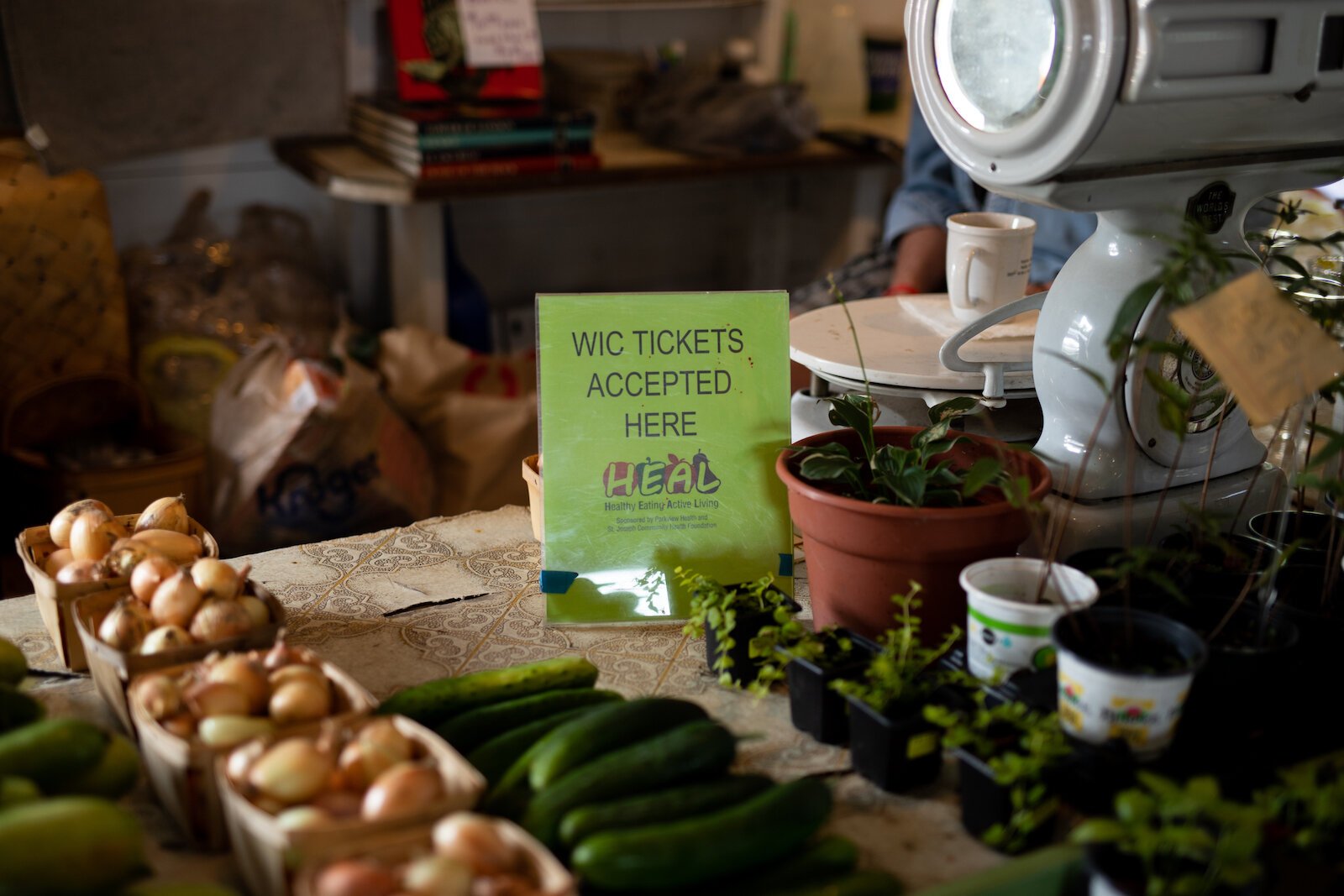
The mission of GusNIP is to address the deeper sources of health, wellness, and food equity in communities while also supporting local farmers, retailers, and food economies, which is another benefit of the Double Up program, Tyndall notes. Not only does it help families in need, but also, it supports local farmers, growers, and groceries with a broader market of customers, creating sustainable, hyper-local food economies more capable of withstanding future crises.
In thinking about how the Double Up program benefits buyers, farmers, groceries, and communities alike, Tyndall considers it a “win-win.”
“It brings an influx of support for people who grow local, fresh fruits and vegetables, and for the people who want to have affordable access to those foods,” she says. “So it really supports the local food economy.”
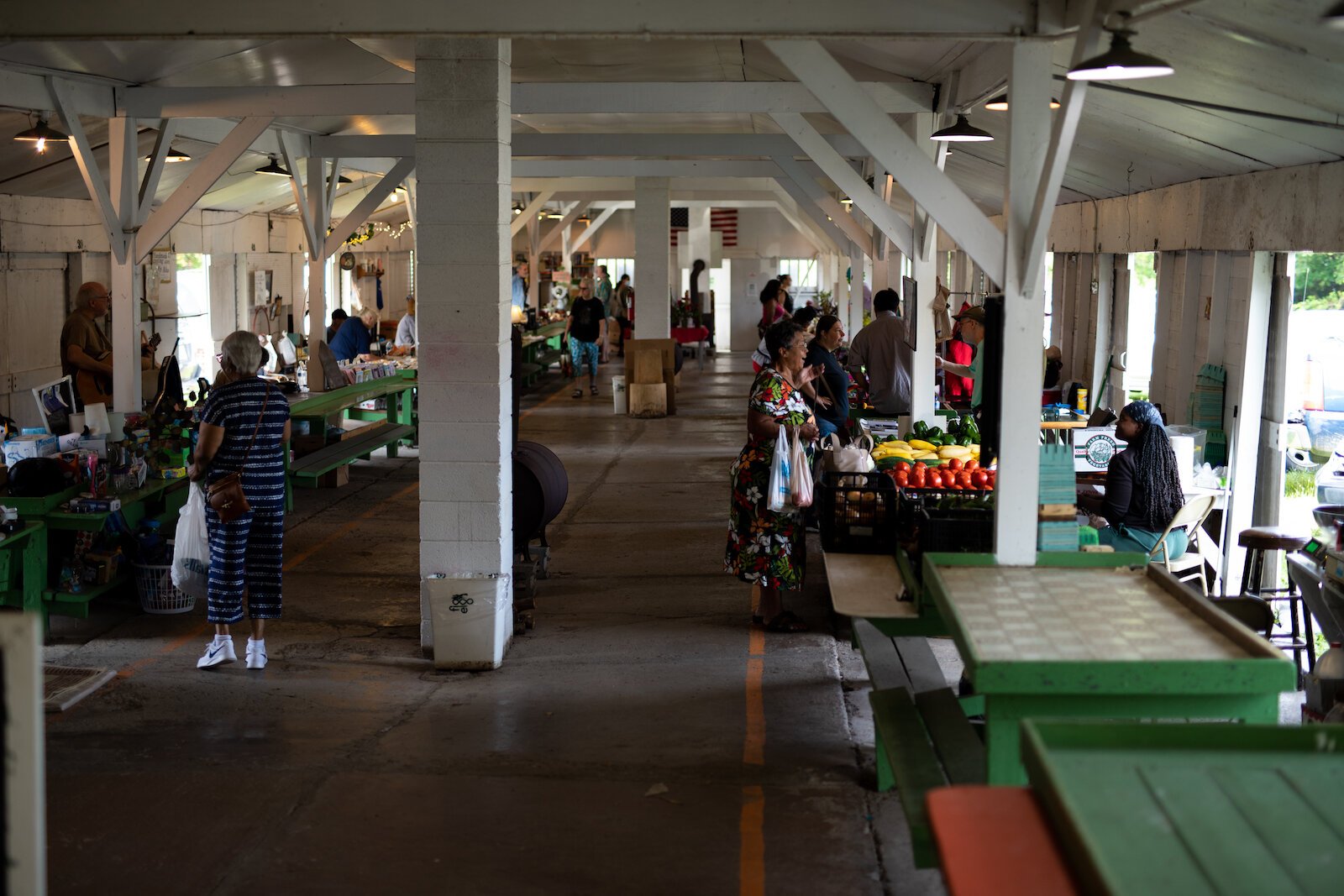
Currently, the Double Up program is accessible to residents at many area farmers markets, including the Johnnie Mae Farm operated by the City of Fort Wayne and Purdue Extension-Allen County, as well as Plowshares Rose Avenue Farm and Community Supported Agriculture (CSA), and all three weekly HEAL Markets in Fort Wayne food deserts.
Now, grocery stores in Northeast Indiana are starting to adopt the Double Up program, too. In July, the 3 Rivers Food Co-op Natural Grocery & Deli became the first local retail partner to join the network. Tyndall’s team is hopeful that more markets and retail locations will follow in coming months.
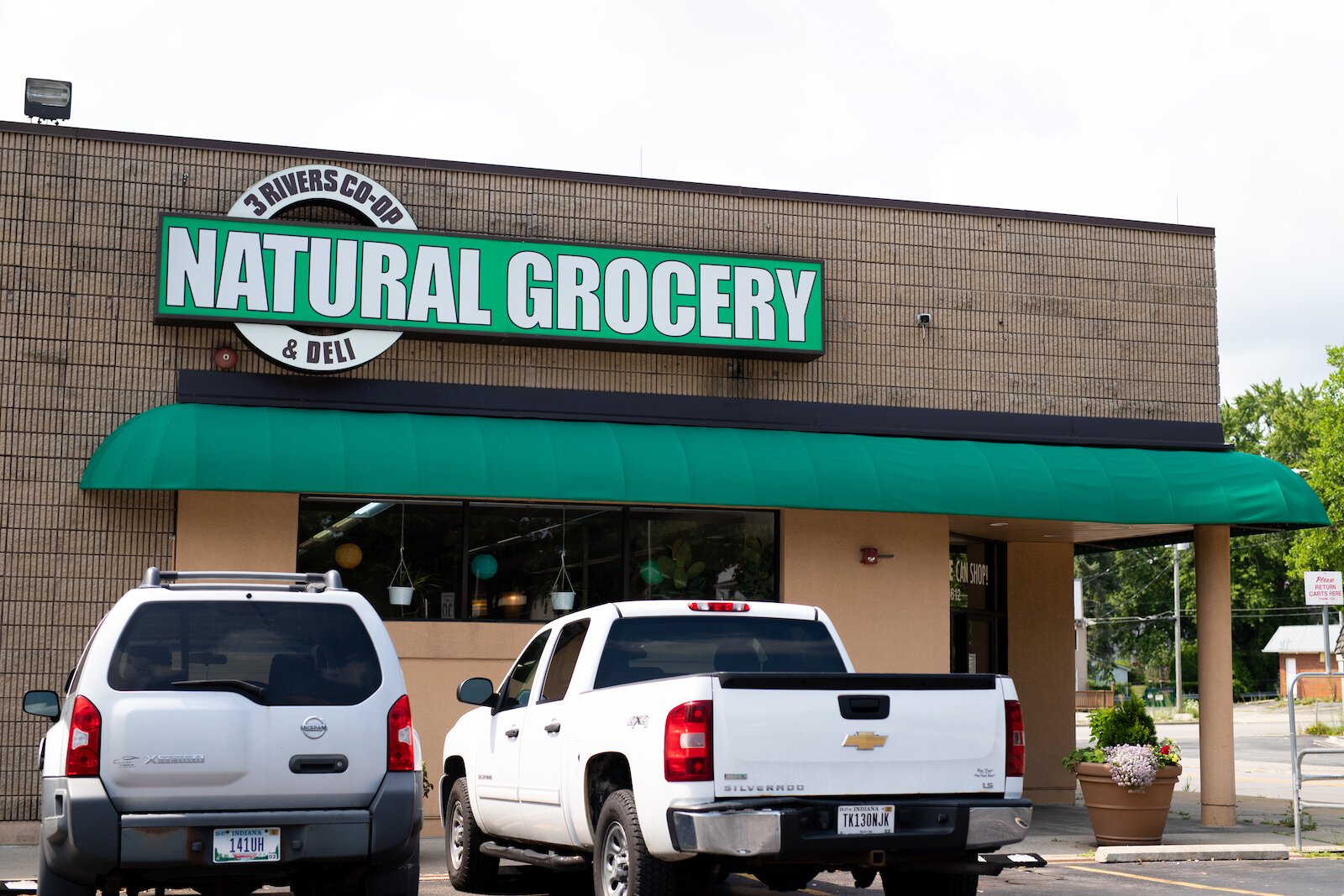
Although the Double Up concept is new to the Fort Wayne area, this type of initiative has been proven and validated elsewhere. Tyndall says the model was first introduced 10-15 years ago at different farmers markets across the U.S.
As a registered dietician with the Marion County Health Department, Michelle Shippy can speak to the power of one of these programs. Similar to Double Up in its intention, logistics, and deployment, Fresh Bucks is a privately funded dollar-for-dollar match program with any SNAP transaction.
According to Shippy, it launched in 2013 and has mainly been embraced by vendors at farmers markets.
“There’s been some piloting within retail, but not a whole lot,” she says. “We hope to be getting into the retail setting, probably in 2022 and expand our reach. That’s because, here in Indianapolis, the majority of our farmers markets are not necessarily in what you would consider a food desert. We still have a lot of areas in Indianapolis that we want to reach, which is one of the reasons why we want to get into the retail setting—where people are actually getting their food.”
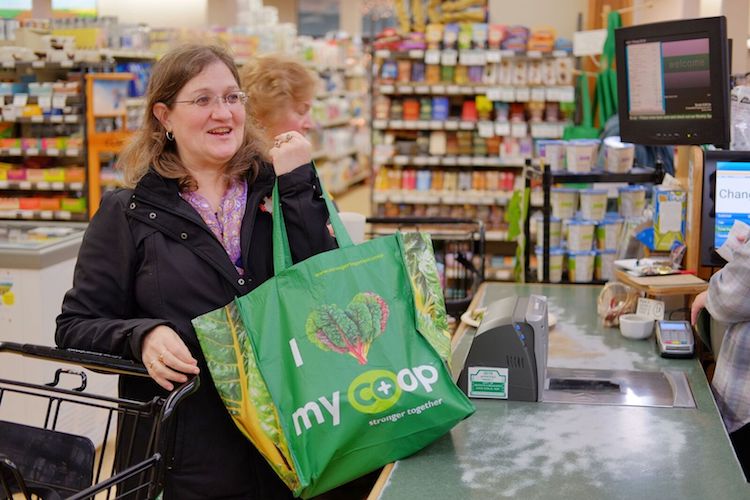
While programs like Fresh Bucks and Double Up have been largely successful at farmers markets, integrating these programs into retail systems and big box stores is more complex, Tyndall says. One of the biggest obstacles is the point-of-sale (POS) systems many local and chain grocery stores currently use, which makes it difficult to implement dollar-for-dollar matches on certain items.
For instance, Tyndall says it can be challenging for retailers to indicate how much produce is purchased and then how much of an incentive to offer the customer in the transaction. Integrating match programs with pre-existing loyalty programs and coupon systems can also complicate matters.
That’s why aligning with the 3 Rivers Co-Op in Fort Wayne has been an ideal and strategic fit for Double Up. The Co-Op, located just North of downtown at 1612 Sherman Blvd., is a locally owned and operated store with a “people-first” mentality.
“Their staff is innovative and always looking for ways to reach out into the neighborhood and support the people who live around them,” Tyndall says.
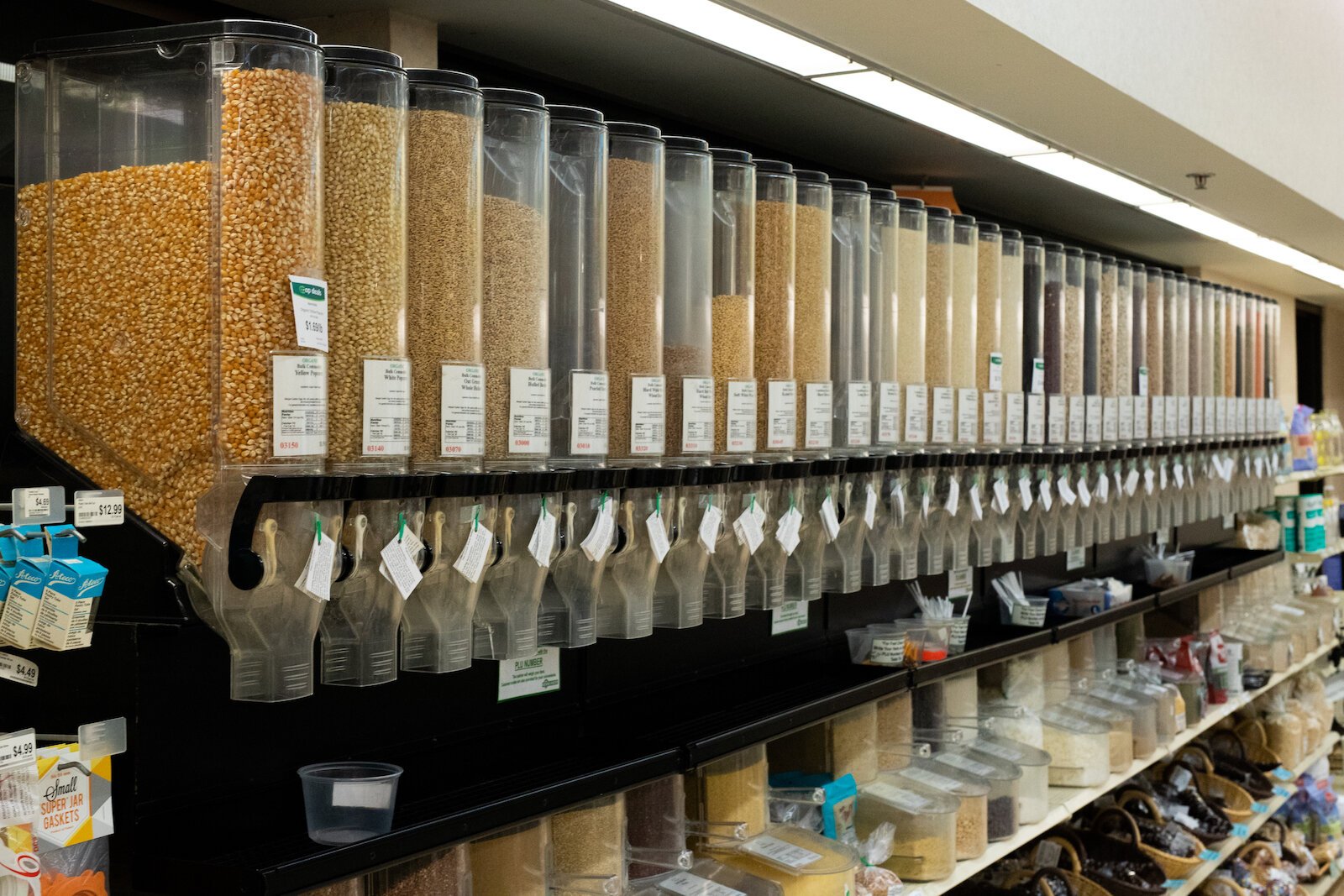
This willingness to help—coupled with a relatively simple point-of-sale system—has made it easier for both the cashier and the consumer to participate in the Double Up program at the Co-Op. Tyndall says it’s as simple as the push of a button to get half off fruits and vegetables.
Heather Grady, Front End and Marketing Manager at the Co-op, has been noticing the benefits, as well. She says the integration was relatively seamless when it went live on July 1. Over the course of the month, the total EBT sales for the store were about $13,000, and they “doubled up” about $1,300 in transactions. That translates to about $2,600 worth of additional sales in fresh produce redeemed through the program.
Grady says the feedback from customers has been positive, too. Not all customers who qualify know about the program yet, but the ones who do have been grateful for the savings. The average EBT customer saves the full $20 on each transaction.
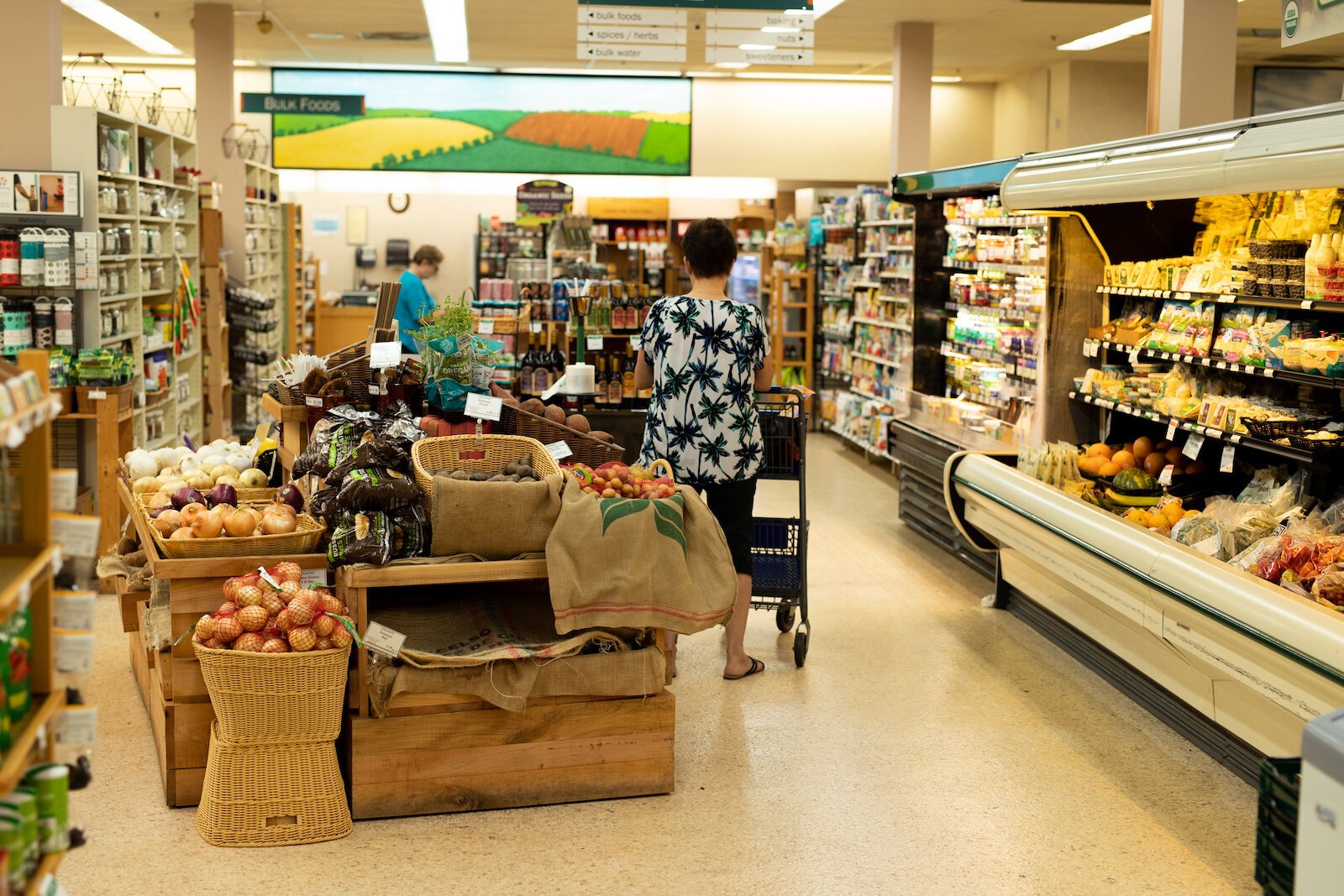
Grady says her team is eager to get the word out about the program. They’ve marketed it in their newsletter, by word-of-mouth, and on the sandwich board at the Co-Op’s front door. They’ve also gone the extra mile by reaching out to qualifying customers in the store.
“If somebody comes in and uses an EBT card, we have a sheet that we give them that explains the program,” she says. “It’s just a matter of getting the word out to folks who maybe aren’t regular users.”
Grady says there’s also work to be done to help more residents learn about the benefits of shopping at the Co-Op, in general. There’s a misnomer that the local retailer is more expensive than conventional grocery stores or that customers have to be members to shop there.
Gradys says that, in reality, the Co-Op has competitive pricing on many products, and everyone is welcome—regardless of their membership status. However, you can become a member for added benefits, if you choose, for as low as $37 per year for eight years (or $12 per year after your $200 equity investment is paid off).
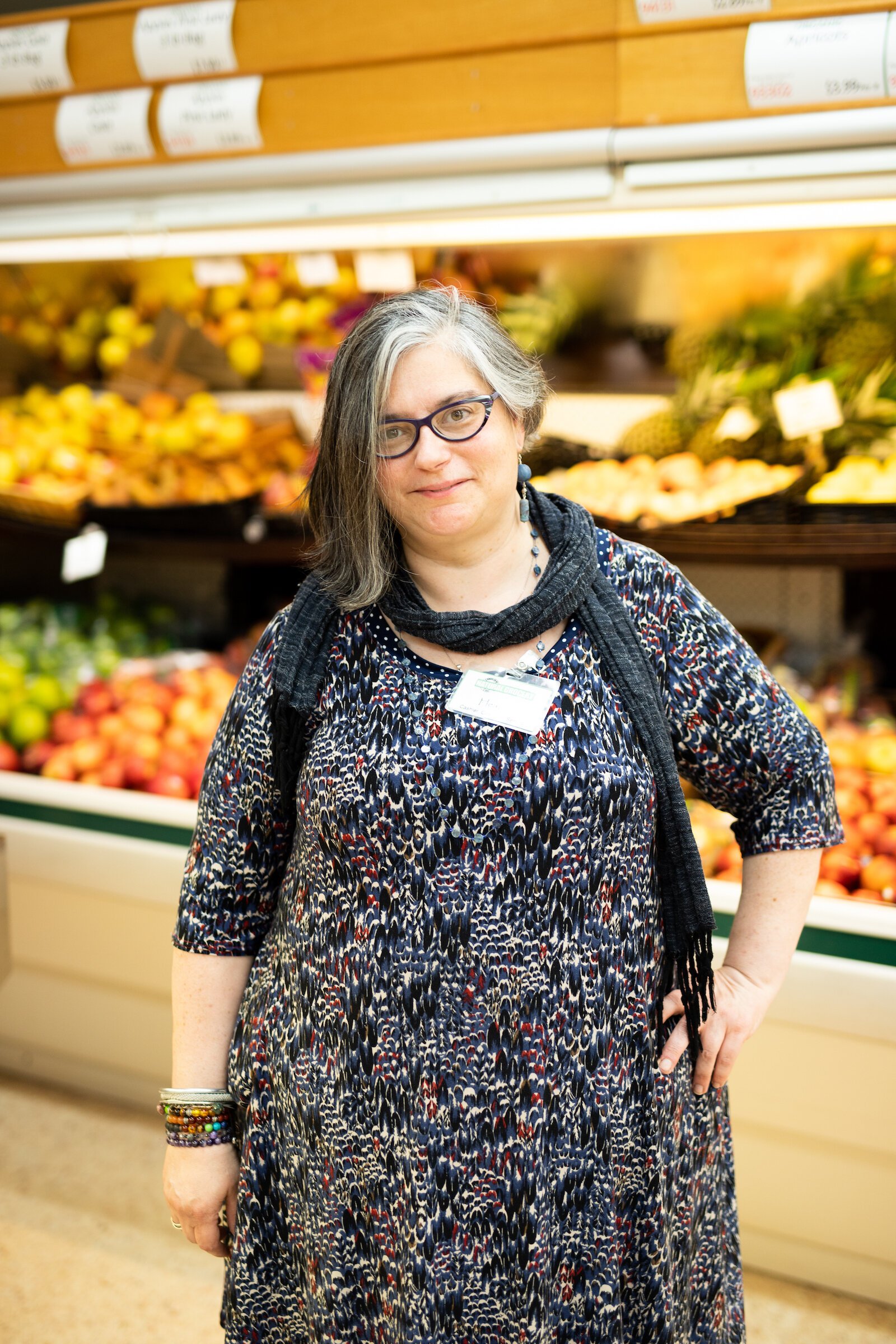
For customers looking to maximize the health benefits of the fruits and vegetables they purchase, buying at the Co-Op is likely a better deal than the produce they find at big box stores, too. That’s because the Co-Op sells locally grown foods, which are more likely to retain their nutritional value than foods that have been shipped overseas or across the country. In fact, the Chicago Tribune reports that most produce loses 30 percent of its nutritional value after only three days.
“Studies show that vegetables can lose 15 to 55 percent of vitamin C, for instance, within a week,” the Tribune reports. “Some spinach can lose 90 percent within the first 24 hours after harvest.”
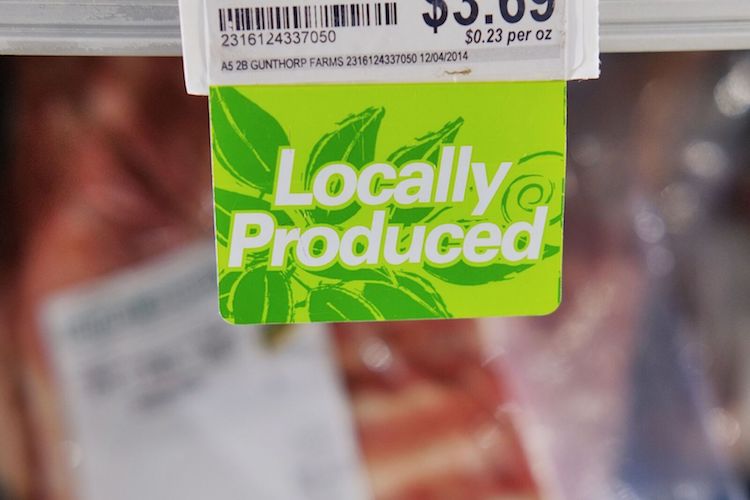
Grady says that, on top of the benefits of selling locally sourced produce, all of the Co-Op’s produce is organic.
“We’re able to get not only high-quality produce, in general, which is healthier, but also local foods,” she says. “(Fresh produce) not only helps to build the health of the individual, but also puts more money in the pockets of our local farmers.”
During the pandemic, glaring gaps in the nation’s highly-centralized food systems were exposed in scarcity and supply chain shortages. Many experts believe that food systems must be decentralized to sustain communities in future crises, among other needs.
Ken Meter, a national food systems analyst who has conducted studies on Indiana’s food systems in the past, literally wrote the book on the topic called “Building Community Food Webs.”
“We (as a country) have really been focused on exporting commodities abroad and not on how we build the infrastructure to sell food to the people nearby,” he says.
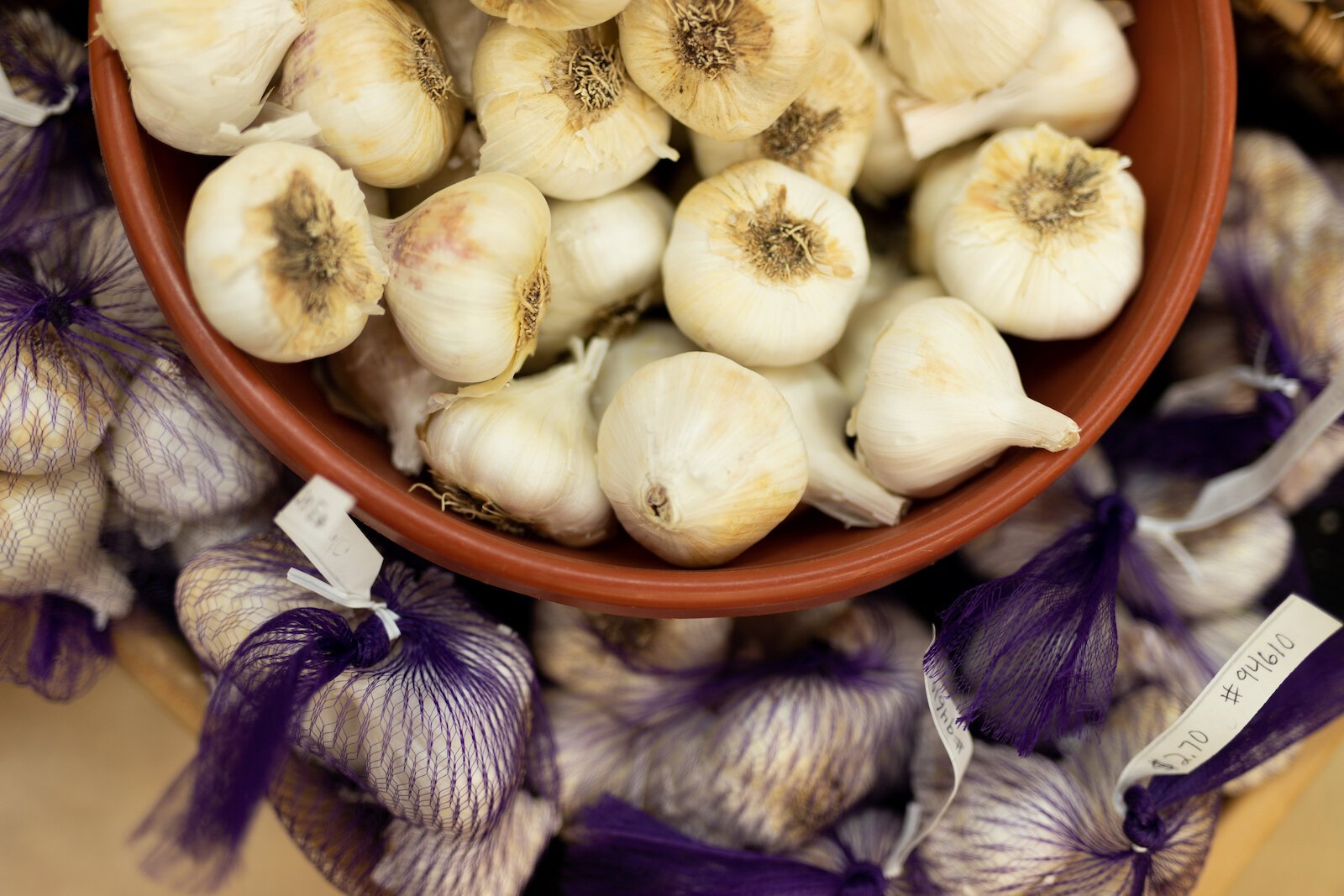
To strengthen Indiana’s food economy for the future, Shippy says her team in Indianapolis plans to create a statewide hub to bring together people, like herself and Tyndall, who are working on nutrition incentives in their own communities to share best practices.
“This would be a place where all of us can come together and learn lessons around the work that’s happening in our region, county, or city,” she says. “Then we would also eventually come up with a state plan where we have uniform and collaborative outreach, communication, evaluation, and even branding.”
In the meantime, she says they’re committed to doing more research—what she refers to as a “landscape scan” to determine next steps. At the same time, they’ll continue to promote the merits of Fresh Bucks.
“The number one reason (it’s effective) is because it’s restricted to just fruits and vegetables,” she says. “Most Americans don’t get the recommended intake of fruits and vegetables. Yet we also know that fruits and vegetables are core to preventing and managing chronic diseases and improving health. And we also know that fruits and vegetables are more expensive…than unhealthy food items. So it’s really important that we incentivize (these foods).”
Learn more
To learn more, visit St. Joseph Community Health Foundation’s website, Double Up Indiana’s Facebook page, Double Up Indiana’s website, and follow HEAL Markets on Facebook.
This story is part of a series about healthy eating disparities and solutions in Northeast Indiana. It is made possible with funding from the St. Joseph Community Health Foundation.





